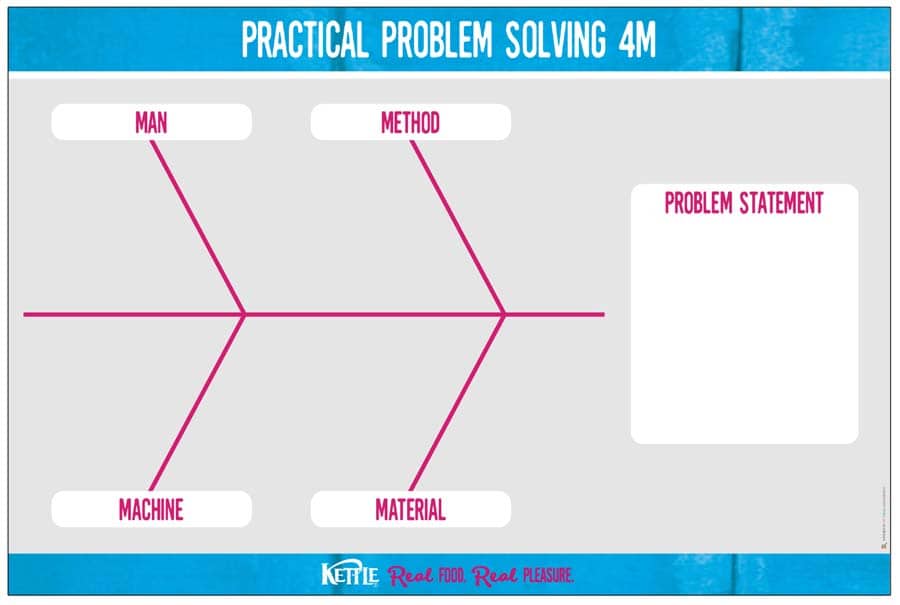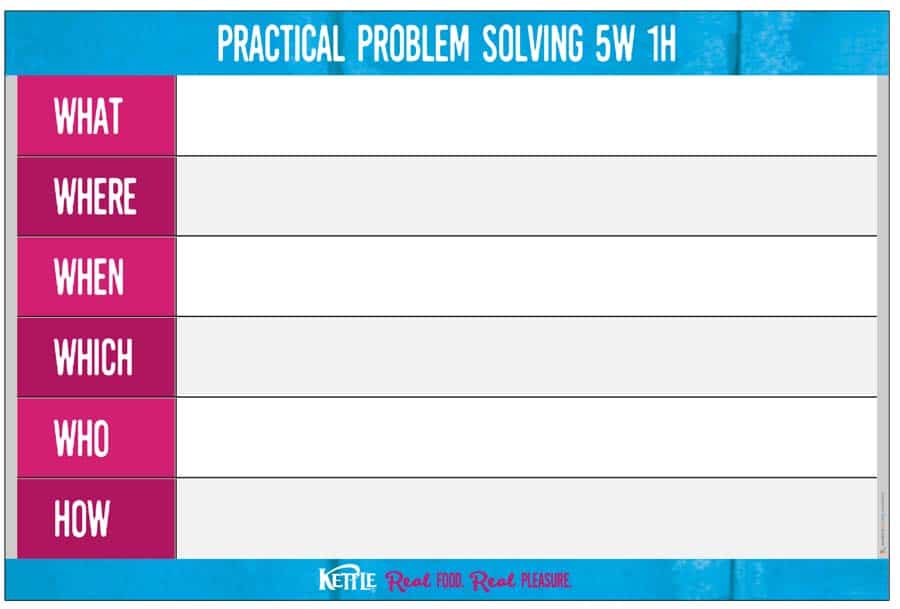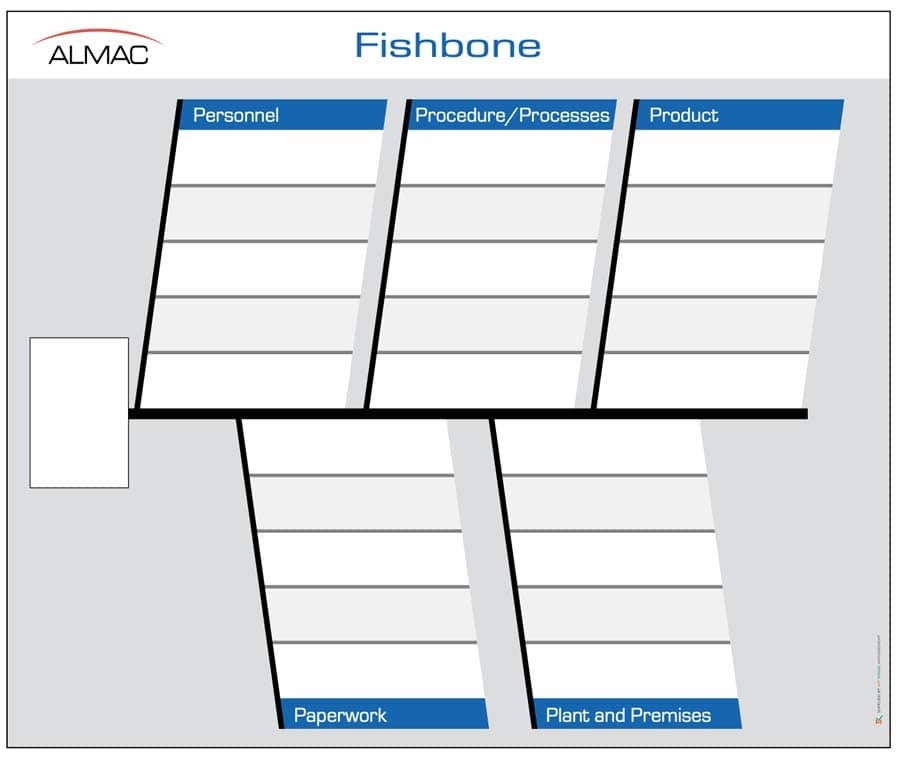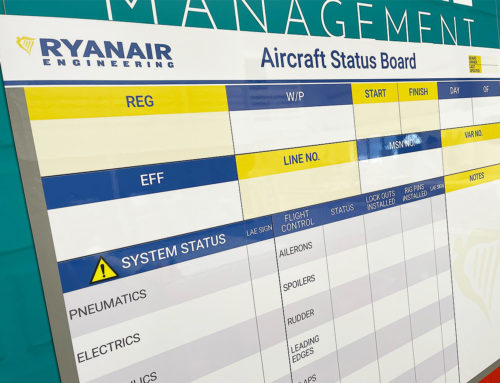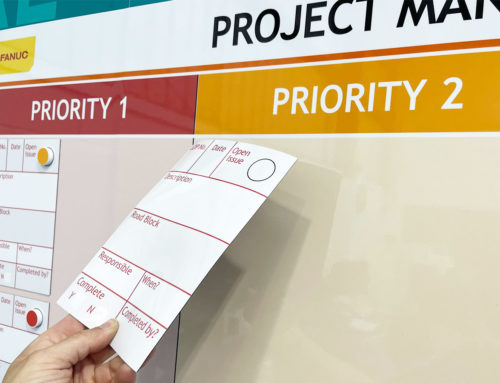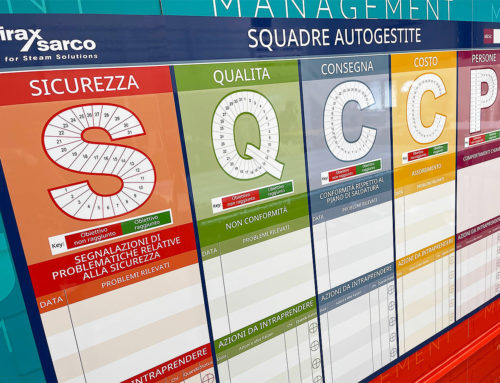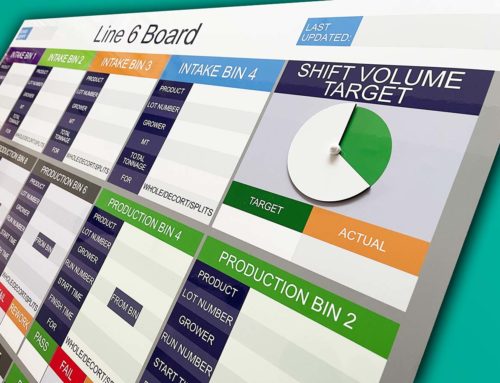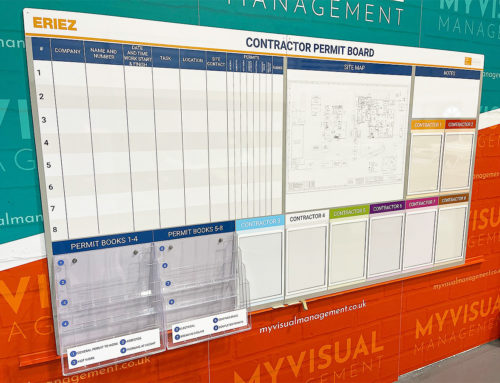Custom make your own fishbone diagram visual board like the ones shown here
Above all, use this highly effective visual process to work through an issue. Therefore, analyse root causes of problems. Furthermore, identify the effects they cause. Most importantly, know exactly what you are dealing with, and why. Finally, take the corrective actions.
Make the process visual
So, in short, the fishbone diagram visual board is a practical application of this useful visual tool.
Sometimes, people refer to the fishbone as the Ishikawa diagram in honour of its creator. Either way, it is a highly effective means understanding and analysing issues as a team.
The function of the fishbone diagram visual board
The purpose of the fishbone diagram is to facilitate problem solving. In other words, use the diagram to help you work out what the root causes to a problem might be. Consequently, break the issue down into stages. Therefore, define the problem in detail considering every step of your process. As a result, find the contributing sources for faults or defects. For example, the 5Ps fits well into the fishbone diagram. It explores any of a number of relevant Ps. Firstly, for example, Personnel of People. Secondly, Process or Procedure. Furthermore, Plant, Premises or Programme. In addition, Product. Finally, Paperwork.
Therefore, use your fishbone diagram visual board so you can successfully work through issues. Furthermore, in an orderly and visual way. Above all, this visual process for problem solving encourages the team to come together to successfully resolve issues.
Why the fishbone diagram visual board works
In short, the fishbone diagram visual board works because it delivers this visual tool in a visual way. Furthermore, it is quick and easy to update. In other words, it is dry wipe and magnetic. Therefore, it works with board accessories. As a result, add the functions you need.
Other types of practical problem solving boards
Above all, we support you to translate any of the following practical problem solving methods on to a functioning visual management board. For example, use the 4M model (Man, Method, Machine, Material) to formulate a problem statement. Similarly, the 5 WHY approach enables you to successfully identify root causes. Furthermore, to come up with and initiate countermeasures. Meanwhile the 5W 1H seeks not only to understand Why, but also How a problem exists.Most importantly, use our custom options to make your board your own. Furthermore, add further functions using our Board Accessories.
Our Approach
We create visual management boards everyday. As a result we have plenty of experience. We work for organisations in food production, the power industry, national rail, pharmaceuticals, education, healthcare, packaging and distribution.
Our team works with a simple idea or sketch and creates a professionally designed layout. This is then turned into a highly functional visual management board.
We offer customised options because we want to create the perfect board for you. So, here are a few examples. We can add magnetic areas or a dry-wipe finish (for use with whiteboard pens). Furthermore, you can choose Red/Green sliders or R.A.G. (Red, Amber, Green) status dials so you can quickly and visually update your board. These are just a few examples of the ways in which our boards can be tailored to meet your needs. You may also be interested in whiteboard overlays that can be used on top of an existing magnetic board.


